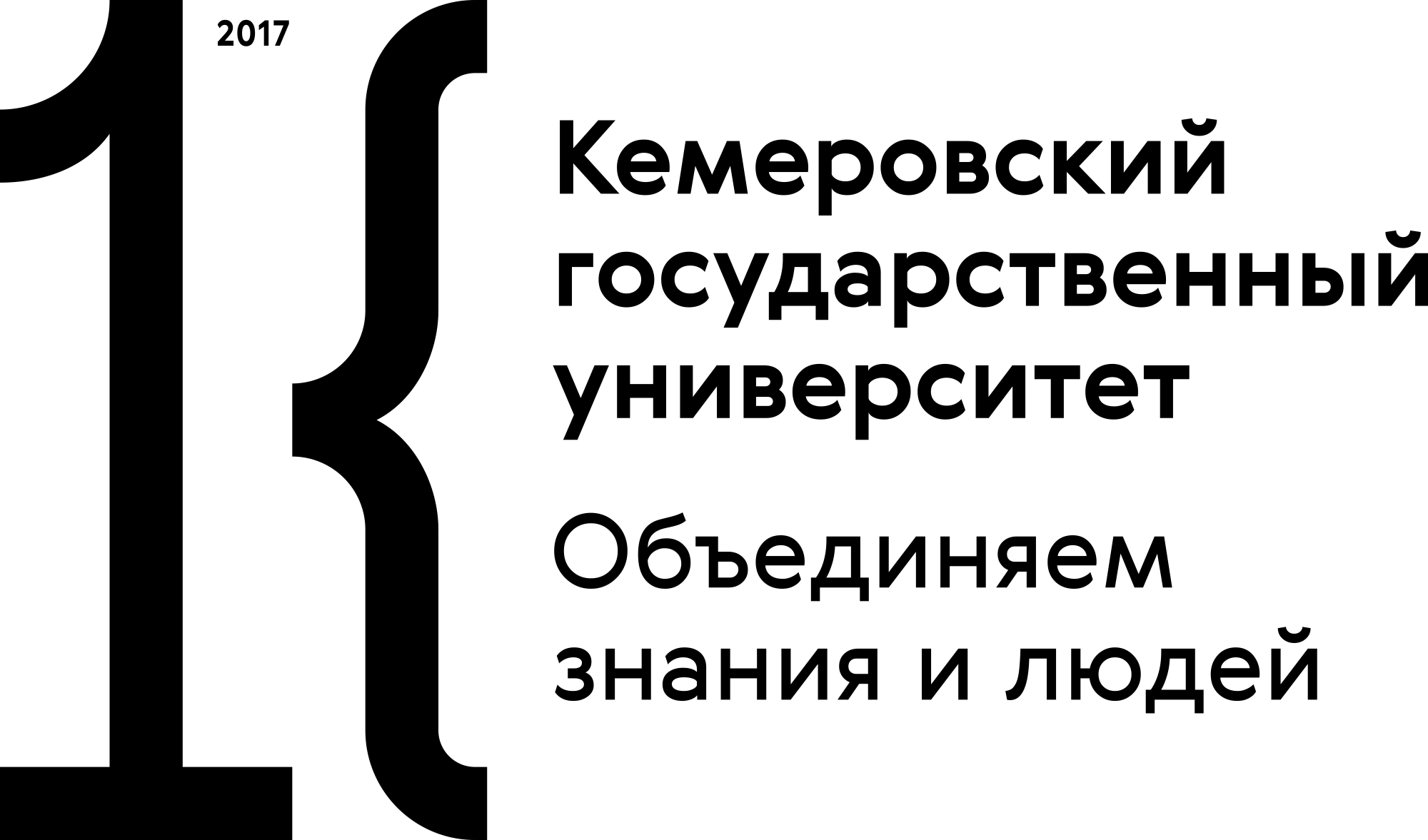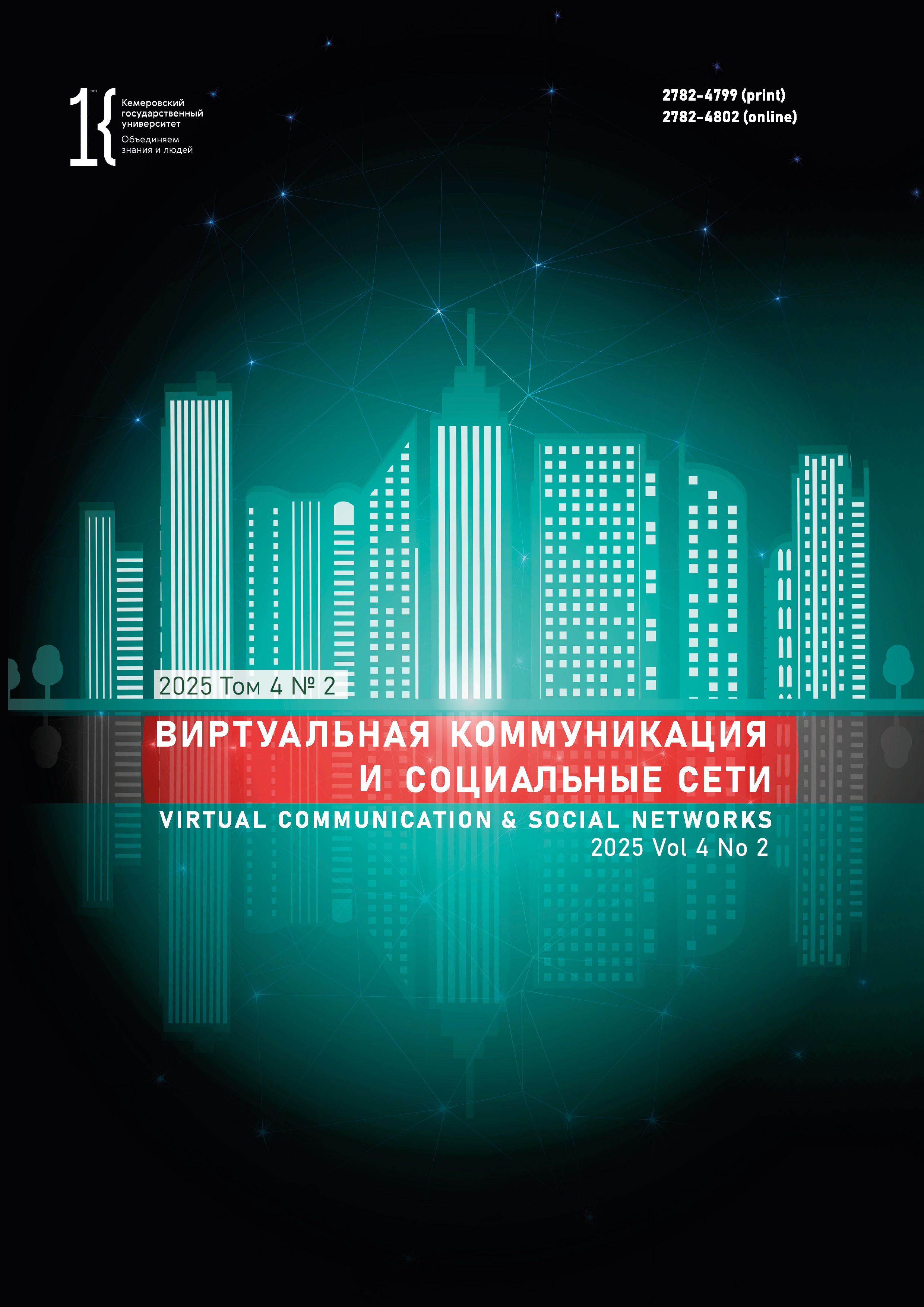Perm, Russian Federation
VAK Russia 5.9.8
Emoji are easily comprehensible graphical symbols that represent emotions and moods in digital communication. However, internet users may interpret them according to their own social and psychological background. This research featured the effect of gender and emotional intelligence on emoji interpretation. The survey results were processed by the methods of psychodiagnostics and vector semantics to reveal the co-effect of social and psychological parameters on semiotic comprehension. The method of text vectorization employed the TF-IDF statistics to extract the keywords for each emoji, which were then subjected to statistical analysis using the Mann-Whitney U-test and p-value correction. The gender differences appeared to be more relevant for positive symbols while the level of emotional intelligence was important for both positive and negative emoji. The Monte Carlo method confirmed the reliability of the correlations obtained. As the relevance of emoji in online communication keeps growing, these results may facilitate the automatic sentiment analysis of digital messages.
emoji, emotional intelligence, gender, TF-IDF, text vectorization, digital communication
1. Belousov K. I., Bashirov R. K., Zelyanskaya N. L., Labutin I. A. Ryabinin K. V., Chumakov R. V. Profiling of conceptual systems based on a complex of methods of psychosemantics and machine learning. Nauchno-tehnicheskaja informacija. Serija 2: Informacionnye processy i sistemy, 2023a, (7): 1–14. (In Russ.) https://doi.org/10.36535/0548-0027-2023-07-1
2. Belousov K. I., Obukhova I. A., Labutin I. A. WORD2VEC- and semantic graph modeling of emoticons and emoji use in Internet communication texts. Issues of Cognitive Linguistics, 2023b, (2): 47–62. (In Russ.) https://doi.org/10.20916/1812-3228-2023-2-47-62
3. Bengfort B., Bilbro R., Ojeda T. Applied text analysis with python. Enabling language-aware data products with machine learning. St. Petersburg: Piter, 2019, 368. (In Russ.)
4. Bikeeva M. V. Assessment of digital activity of the population in the context of the theory of generations. Statistics and Economics, 2022, 19(5): 25–34. (In Russ.) https://doi.org/10.21686/2500-3925-2022-5-25-34
5. Bulyga Ph. S., Kureichik V. M. Comparative analysis of methods of vectorization of high dimensional text data. Izvestiya SFedU. Engineering Sciences, 2023, (2): 212–226. (In Russ.) https://doi.org/10.18522/2311-3103-2023-2-212-226
6. Gavrilenko O. V. Digitalization as a factor in the transformation of new forms of social interaction and control mechanisms. The communication capital of the digital age: Proc. Sci. Online Conf. with Intern. participation, Moscow, 12 Feb 2021. Moscow: MAKS Press, 2021, 57–64. (In Russ.) https://elibrary.ru/ubiulk
7. Ivanova I. V., Palmina K. S. Effect of emojis and emoticons on the final emotional coloring of the text in the sentimental analysis. Scientific research in the modern world. Theory and practice: Proc. All-Russian (National) Sci.-Prac. Conf., St. Peterburg, 10 May 2021. St. Petersburg: HNRI National development, 2021, 79–82. (In Russ.) https://elibrary.ru/ztqzce
8. Ivanova-Yakushko M. M., Anumyan K. S., Karabulatov M. N. Emoticon in development of virtual graphic emotionology. Virtual Communication and Social Networks, 2024, 3(3): 296–308. (In Russ.) https://doi.org/10.21603/2782-4799-2024-3-3-296-308
9. Kurganskaia E. V., Stepanova N. V. Identification of "toxicity" in social networks based on the semantic proximity criterion. Philology. Theory & Practice, 2024, 17(5): 1596–1603. (In Russ.) https://doi.org/10.30853/phil20240231
10. Lyusin D. V. A new technique for measuring emotional intelligence: The EmIn questionnaire. Psikhologicheskaya diagnostika, 2006, (4): 3–22. (In Russ.) https://elibrary.ru/vzmifn
11. Lyusin D. V. EmIn emotional intelligence questionnaire: New psychometric data. Social and emotional intelligence: From processes to measurements, eds. Lyusin D. V., Ushakov D. V. Moscow: Institut psikhologii RAN, 2009, 264–278. (In Russ.) https://elibrary.ru/slanqv
12. Lyusin D. V., Maryutina O. O., Stepanova A. S. The structure of emotional intelligence and the relationship of its components to individual characteristics: An empirical analysis. Social Intelligence: Theory, measurement, and research, eds. Lyusin D. V., Ushakov D. V. Moscow: Institut psikhologii RAN, 2004, 129–140. (In Russ.) https://elibrary.ru/idtctm
13. Palmov S. V., Salikhov R. R. A comparative analysis of Pymorphy3 and Pymystem3 libraries. Science and Business: Development Ways, 2024, (6): 45–49. (In Russ.) https://elibrary.ru/wwjfkh
14. Rudak L. V., Zori S. A. Text processing using natural language methods. Informatics & Cybernetics, 2024, (3): 39–44. (In Russ.) https://elibrary.ru/vhnwmf
15. Turko U. I. Smiley, emoticon, and emoji as nonverbal communication tools in internet communication. Philology. Theory & Practice, 2024, 17(9): 3005–3011. (In Russ.) https://doi.org/10.30853/phil20240427
16. Miller H., Thebault-Spieker J., Chang S., Johnson I., Terveen L., Hecht B. "Blissfully happy" or "ready to fight": Varying interpretations of emoji. Tenth International AAAI Conference on Web and Social Media (ICWSM 2016): Proc. Conf., Cologne, 17–20 May 2016. 2016, 10(1): 259–268. https://doi.org/10.1609/icwsm.v10i1.14757
17. Oleszkiewicz A., Frackowiak T., Sorokowska A., Sorokowski P. Children can accurately recognize facial emotions from emoticons. Computers in Human Behavior, 2017, 76: 372–377. https://doi.org/10.1016/j.chb.2017.07.040
18. Stanton A. L. Islamic emoticons and religious authority: Emerging practices, shifting paradigms. Contemporary Islam, 2018, 12(2): 153–171. https://doi.org/10.1007/s11562-017-0412-8
19. Takahashi K., Oishi T., Shimada M. Is ☺ smiling? Cross-cultural study on recognition of emoticon’s emotion. Journal of Cross-Cultural Psychology, 2017, 48(10): 1578–1586. https://doi.org/10.1177/0022022117734372















